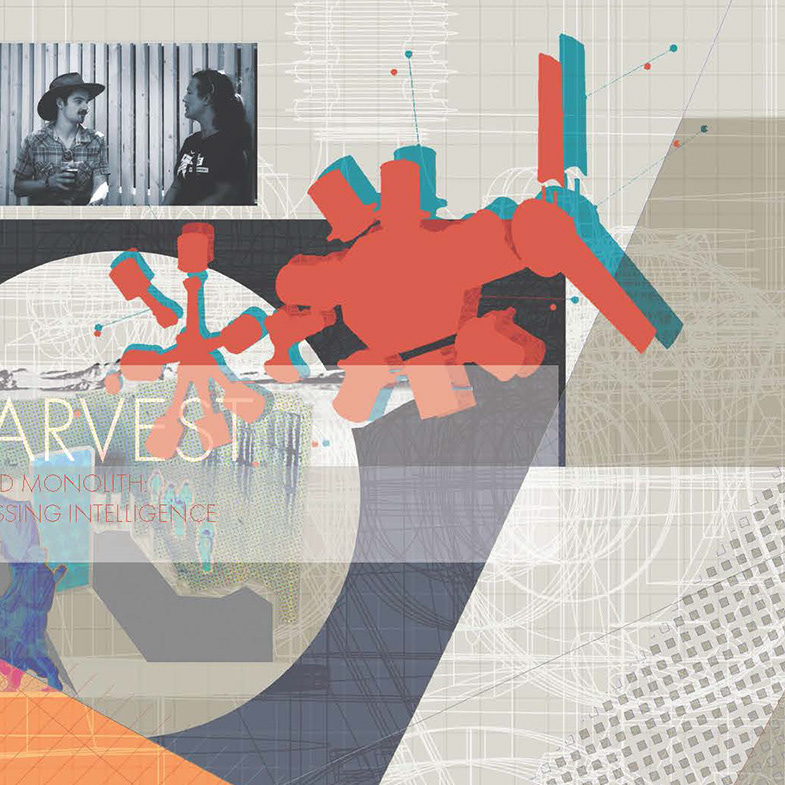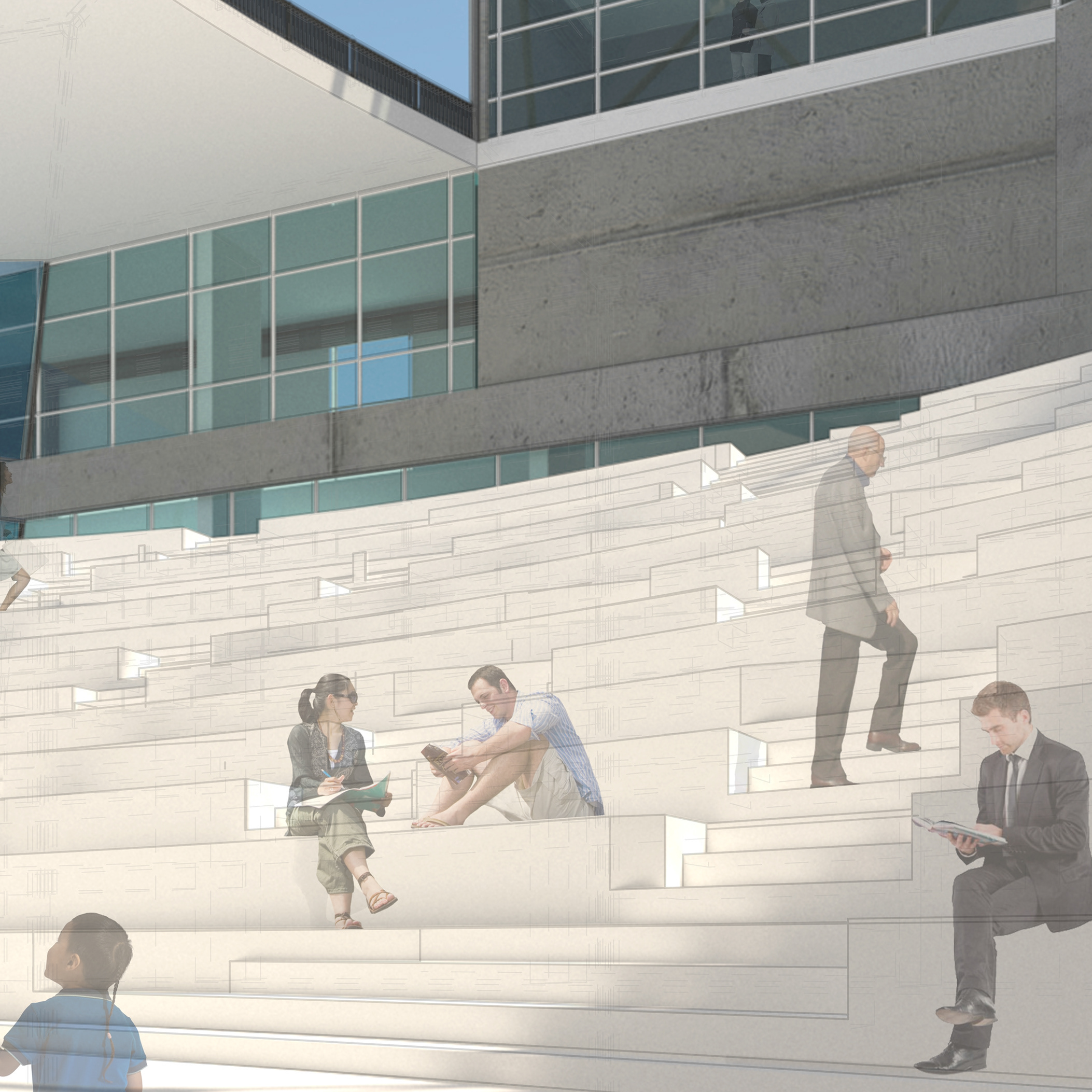SPRING 2020 - professor MICHAEL MONTOYA
BAY & JULIA, DOWNTOWN JACKSONVILLE
BAY & JULIA, DOWNTOWN JACKSONVILLE
street view
top: 5th level (TED auditorium)
middle: 2nd level (sitting stairs)
bottom: street level (central atrium)
middle: 2nd level (sitting stairs)
bottom: street level (central atrium)
The notion of rule and exception were instrumental in the formal inception and societal intentions of this project: a mental health and community center in Jacksonville, Florida. A seam through a mass, considered through a material study and later translated into building form, has the opportunity to facilitate social intersection between the traditionally expected patrons and the homeless - another manifestation of rule and exception. The challenge was to charge the program to encourage a conversation.
The relationship between formal and informal education incited this charge, but specifically with the assumption that one did not hold any more value than the other. Suspended above the atrium seam is an auditorium space for the use of TED talks for their propensity to introduce topics conducive of a later dialogue (an essential informal education opportunity) and for the accessibility by free attendance.
A procession beginning from the Skyway station along the South side of the site, of which homeless people are frequent users, to the open atrium at the base of the project (from where conversations can start or be overheard), then through a series of sitting stairs, leads to the apex of the program: the TED talk auditorium.
spatial "seam" - generator for central atrium
tectonic boundary
rooftop "signal," visible from Skyway
TED talk auditorium space as the apex of the "sitting stairs" system
Following the TED talk, participants are encouraged to process downwards and hold conversation simultaneously. A specific relationship is drawn between the formal education space (the auditorium) and secondary discussion spaces (the atrium and three distinct sitting stairs). Considering the relationship between homelessness and mental health, corresponding mental health offices are also on the ground floor.
In a discourse of these sentiments, each stakeholder should stand on equal ground with the leverage of a unique and personal perspective of the issues that affect them. A particularly insightful TED talk may be given by a homeless person. To create this opportunity, the gesture from the atrium folds into the building mass, broken only by the balcony of the apartment of a homeless person giving the presentation. The balcony’s mechanical overhead signals from the speaker to the atrium below as a method to hold an informal interaction in comparison to the TED talk.
The importance of the Leverage Center is to facilitate an equal footing for both the under-priveleged and the apparently more fortunate. It aims beyond social impartiality, towards the encouragement of discussion, progression, and improvement.
balcony from visiting speaker opens and closes as a signal
open: to present
closed: to ponder
The Leverage Center is a practice in harnessing spatial relationships to transform and enhance social ones. As mentioned, a material study suggested the use of a “seam,” as both an organizer and social intersection. Apertures across the Center invoke the language of “folding” from the street to the interior planes of the atrium.













